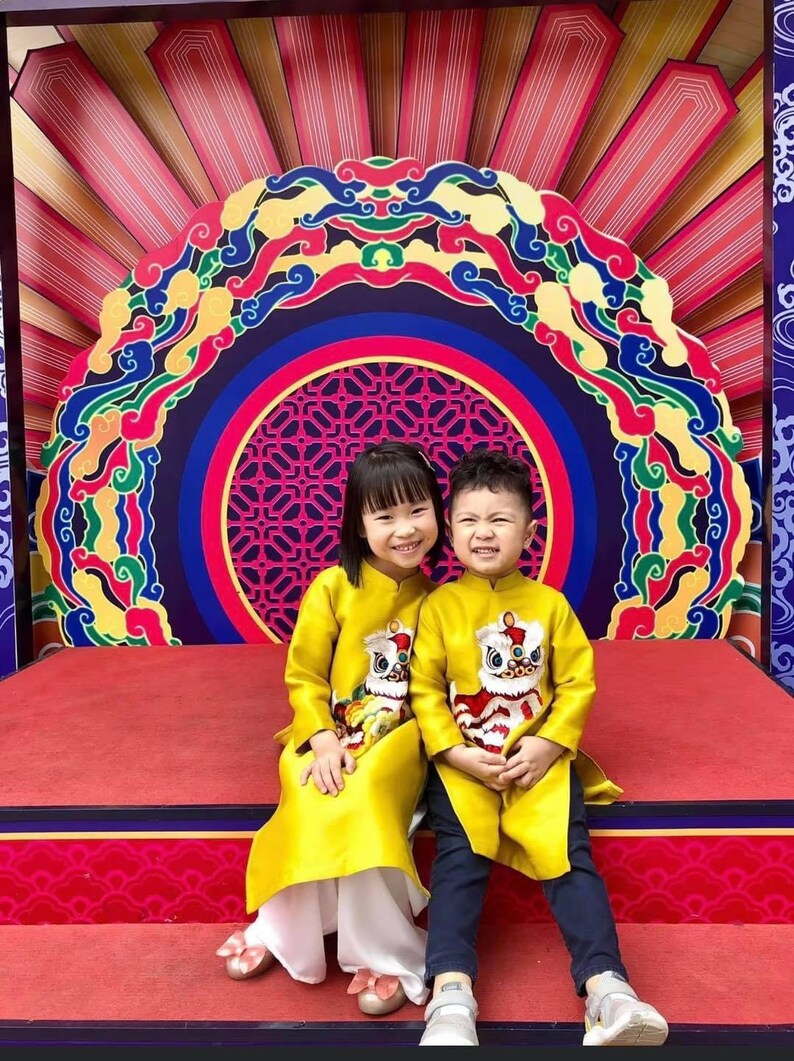Elegance in Motion: Exploring the Beauty of the Ao Dai
The Ao Dai, a traditional Vietnamese garment, is not just a piece of clothing but a symbol of elegance and grace. With its long-flowing silhouette and high side slits, the Ao Dai embodies a delicate balance between modesty and sensuality. This outfit, worn by both men and women, is an integral part of Vietnamese culture and is often seen as a form of wearable art. Family Ao Dai in design allows the natural beauty of the wearer to shine through, making it a timeless and iconic attire that has stood the test of time.
History of Ao Dai
The Ao Dai, a traditional Vietnamese garment, holds a rich history that spans centuries. Originally worn by https://www.aodaistyle.com/collections/kids-ao-dai and women, it evolved over time into the form we recognize today, primarily as a symbol of feminine beauty and grace. Influenced by Chinese and French styles, the modern Ao Dai came to prominence in the early 20th century.
In the 1930s, the Ao Dai underwent a transformation, with tailors incorporating innovative design elements such as slits on the sides to enhance freedom of movement. This era marked a shift towards the Ao Dai becoming more form-fitting and sophisticated, reflecting the changing trends in fashion while still retaining its cultural significance.
Today, the Ao Dai remains an iconic representation of Vietnamese culture and is often worn on special occasions like weddings, Tet celebrations, and other formal events. Its timeless elegance and sleek silhouette continue to capture the hearts of people around the world, showcasing the enduring beauty and allure of this traditional attire.

Design Features
The Ao Dai is characterized by its form-fitting silhouette, accentuating the curves of the body while maintaining an aura of modesty. This traditional Vietnamese garment typically features a high-collar neckline and long sleeves that flow gracefully down the arms.
One of the unique design elements of the Ao Dai is its side slits, which start at the waist and extend down to the hem, allowing for ease of movement and adding a touch of sophistication to the overall look. aodaistyle reveal a glimpse of the trousers worn underneath, adding a subtle yet intriguing detail to the ensemble.
The beauty of the Ao Dai lies in its simplicity and elegance. The clean lines and minimalistic design showcase the skillful craftsmanship that goes into creating this timeless attire, making it a symbol of grace and femininity in Vietnamese culture.
Modern Interpretations
In contemporary fashion, the ao dai has undergone innovative transformations, adapting to modern trends while maintaining its traditional essence. Designers have reimagined the classic silhouette with varying lengths and cuts, introducing asymmetrical hems and bold color combinations to cater to diverse preferences. By infusing elements of Western fashion with traditional Vietnamese aesthetics, modern ao dai creations exude a unique charm that resonates with the younger generation.
Furthermore, the incorporation of different fabrics such as silk, chiffon, and lace has added a touch of luxury and versatility to the ao dai, allowing for both casual and formal interpretations. Embellishments like intricate embroidery, sequins, and beading have elevated the elegance of the garment, making it suitable for special occasions such as weddings and celebrations. These modern adaptations showcase the adaptability of the ao dai, proving its enduring appeal in today's fashion landscape.
In the realm of haute couture, renowned designers have taken the ao dai to new heights by experimenting with unconventional shapes and styles. From avant-garde interpretations featuring dramatic drapings and voluminous sleeves to sleek and minimalist renditions emphasizing clean lines and structural details, the ao dai continues to captivate fashion enthusiasts around the world. By pushing boundaries and reimagining traditional concepts, these modern interpretations highlight the timeless beauty and cultural significance of this iconic Vietnamese attire.